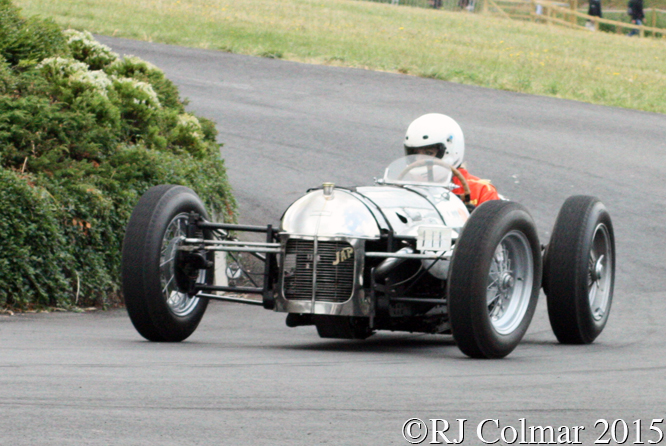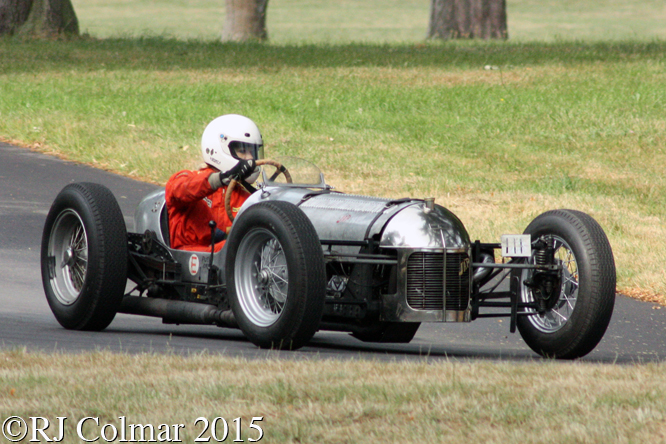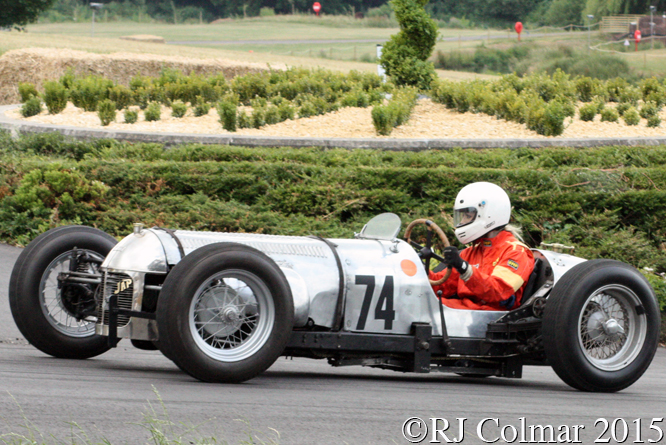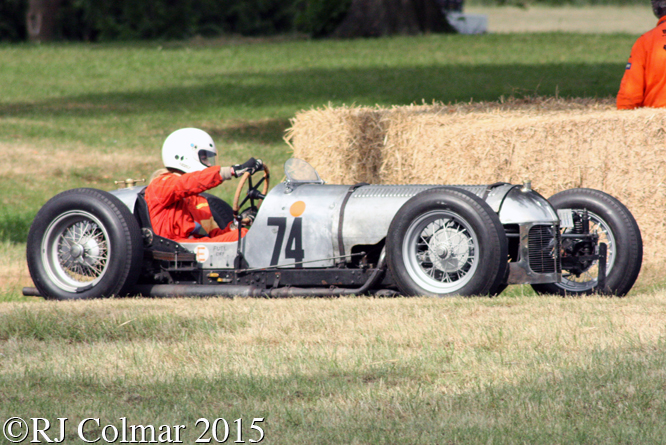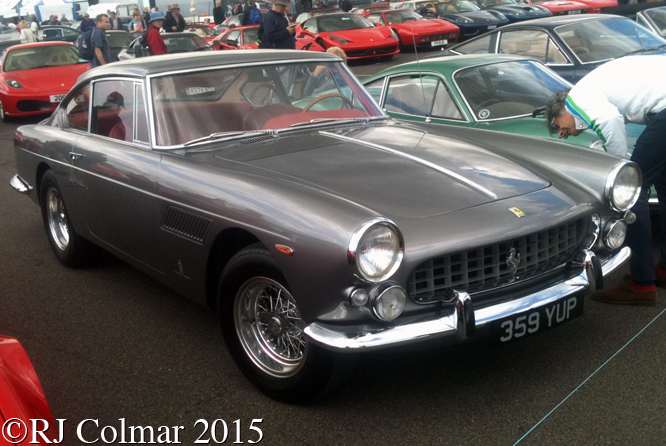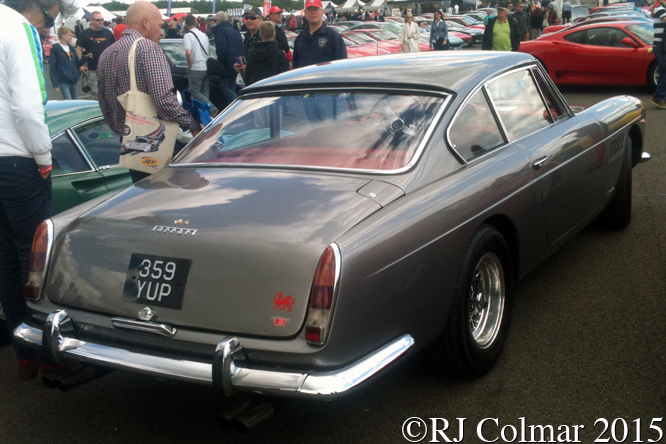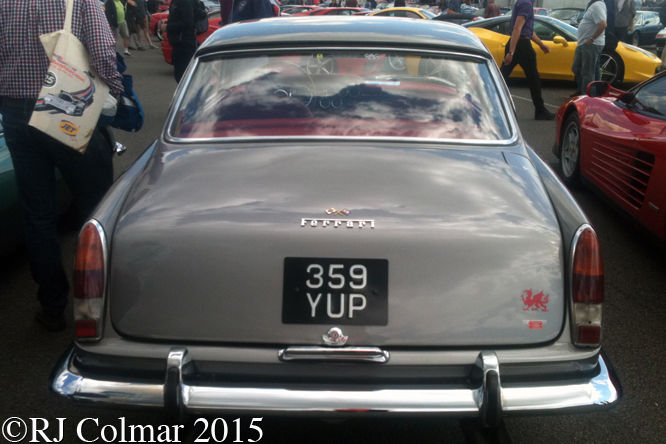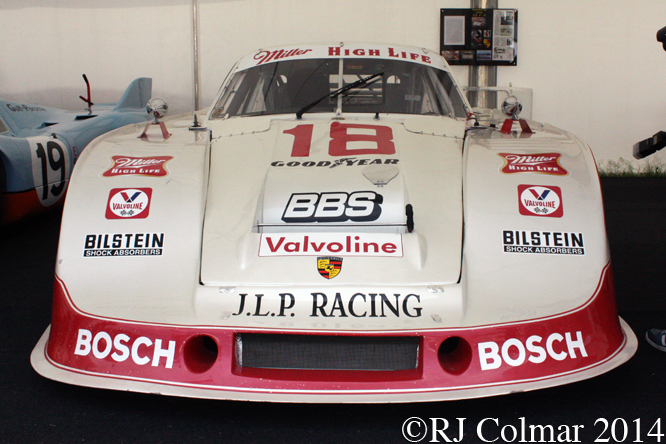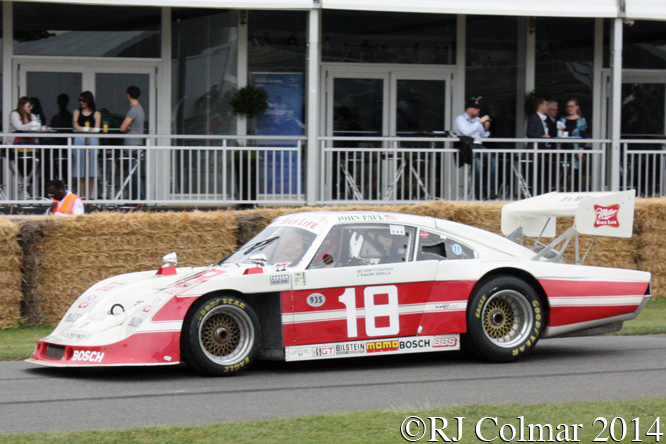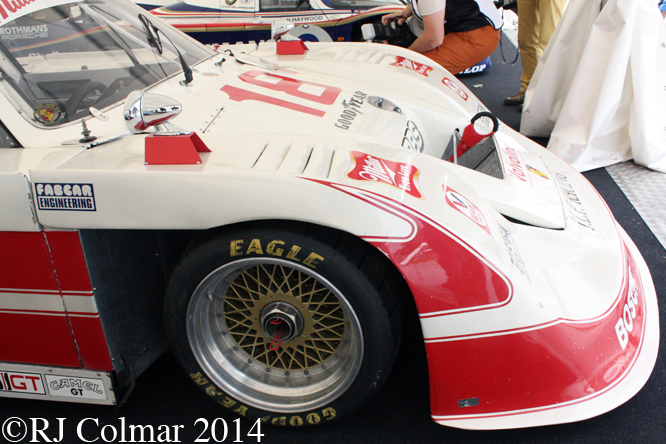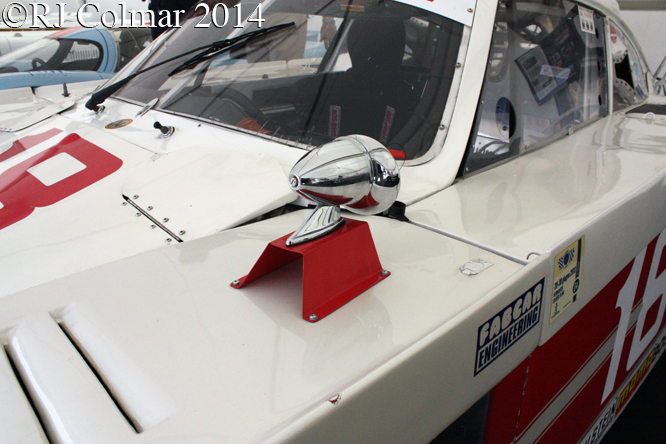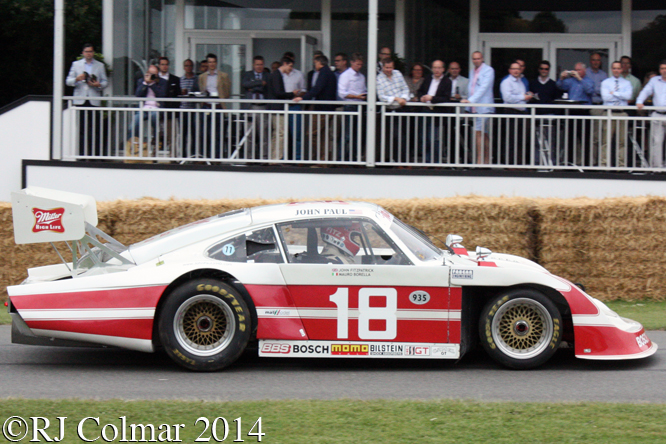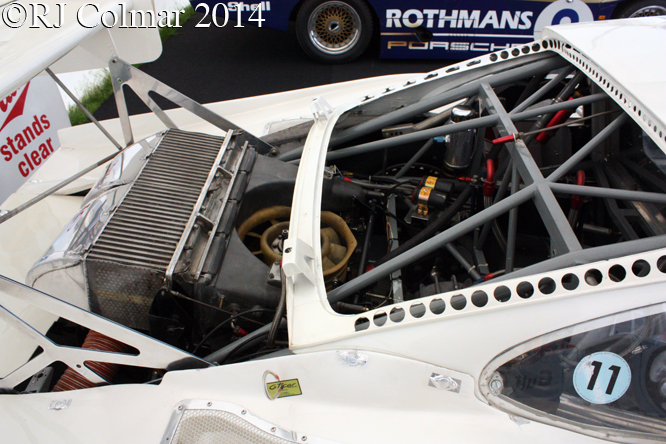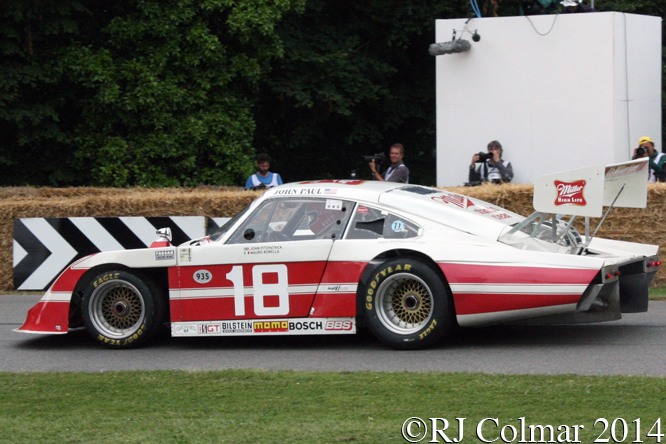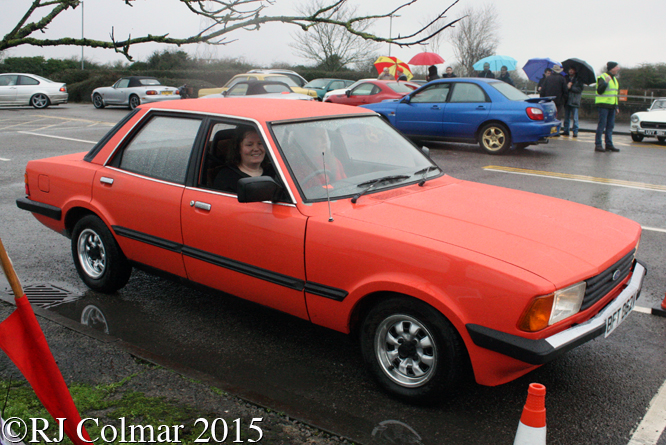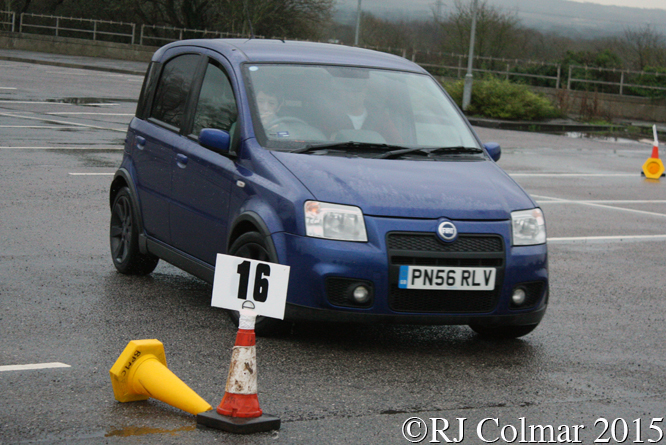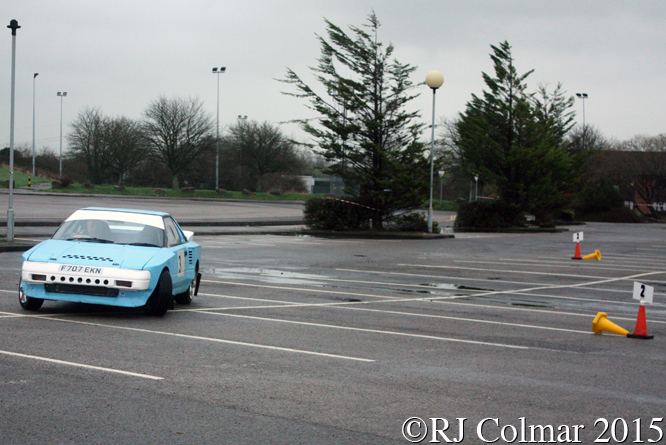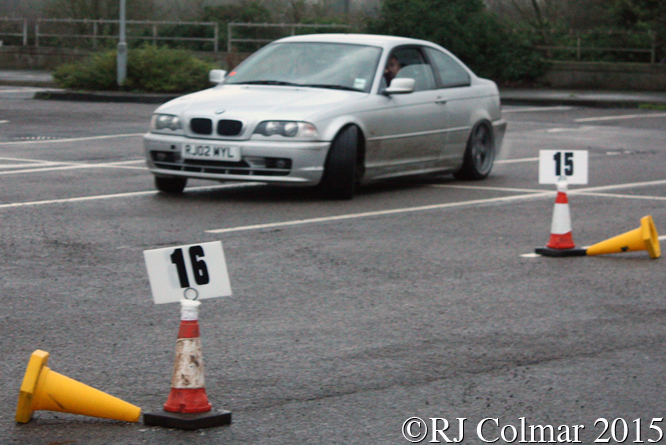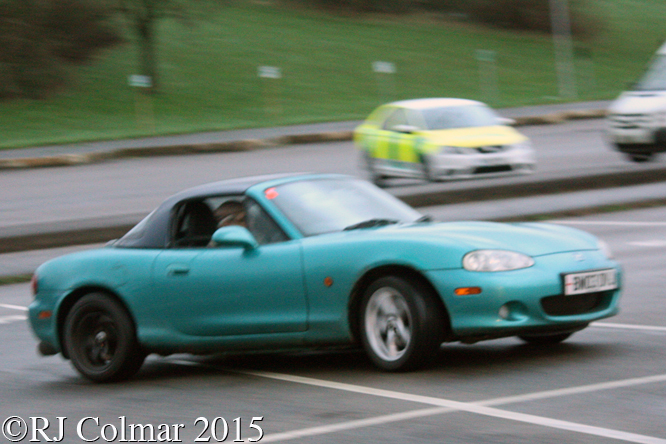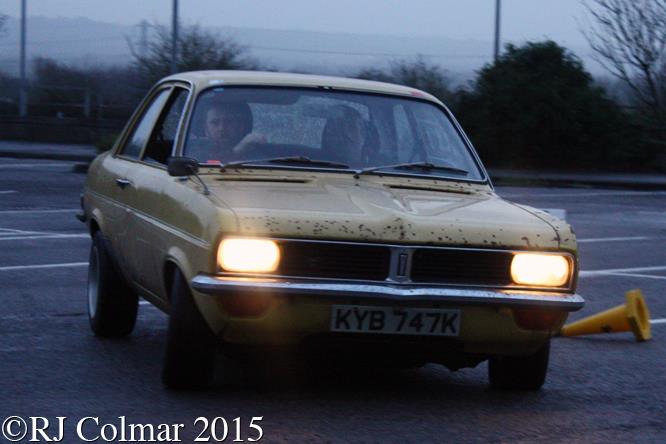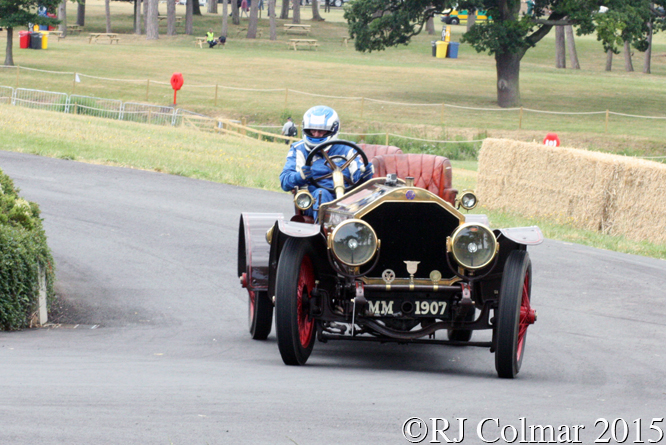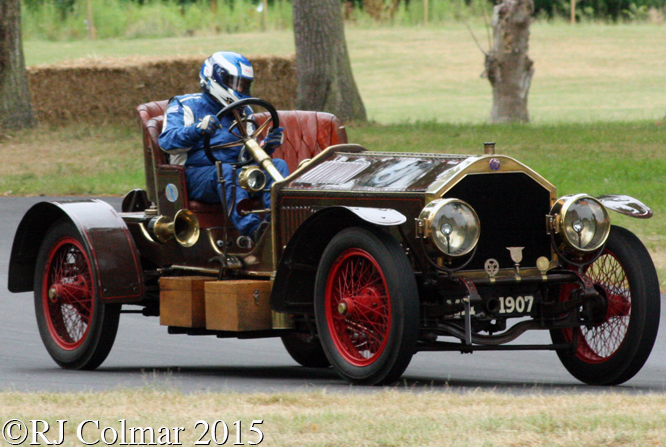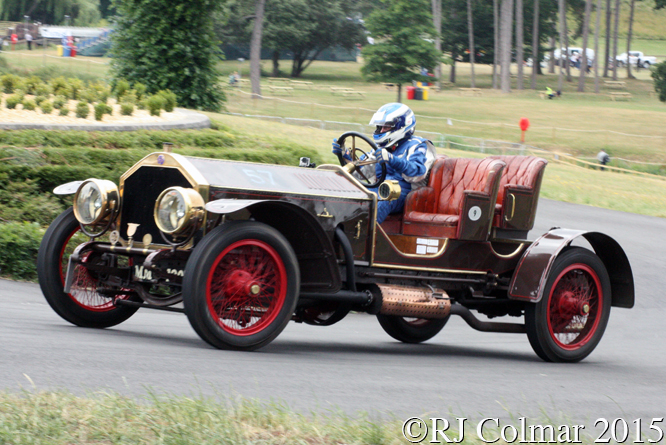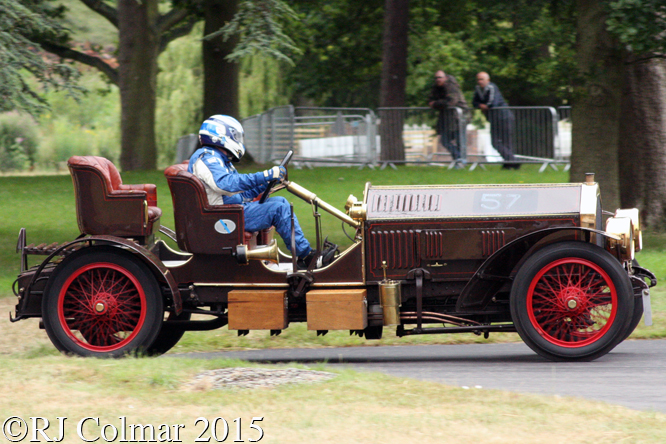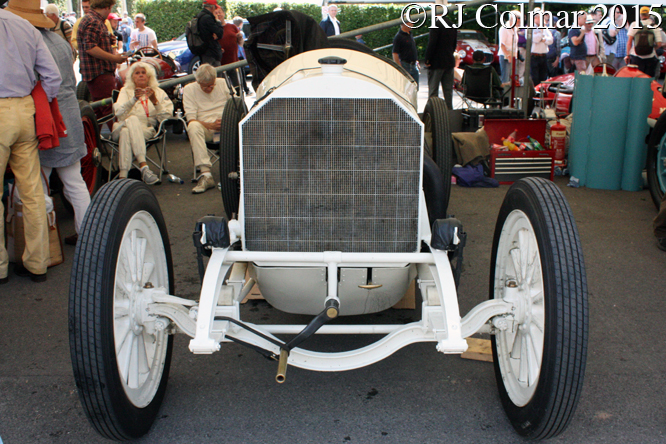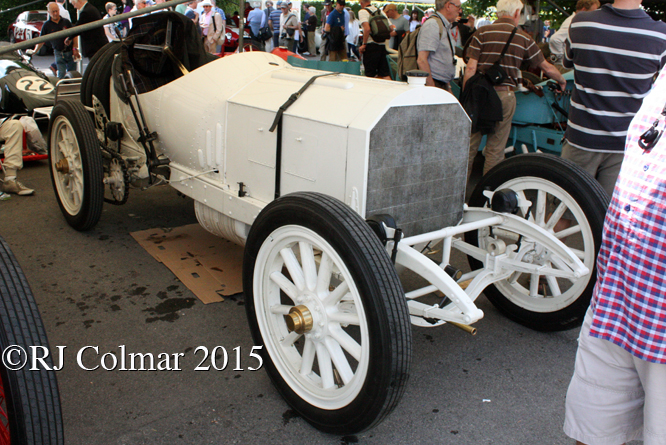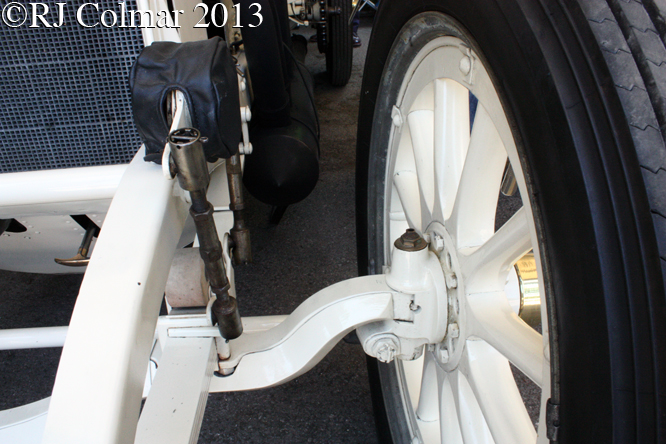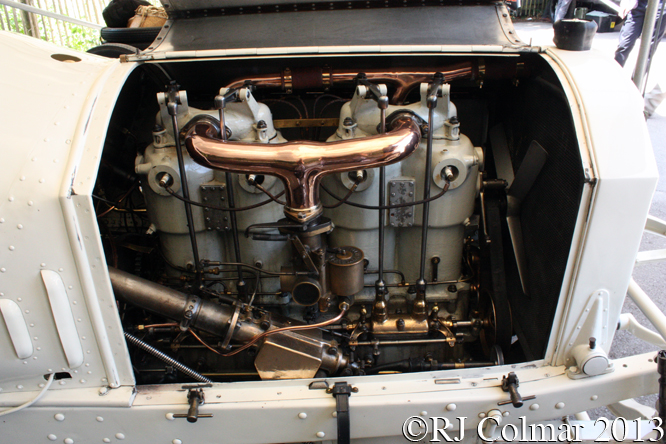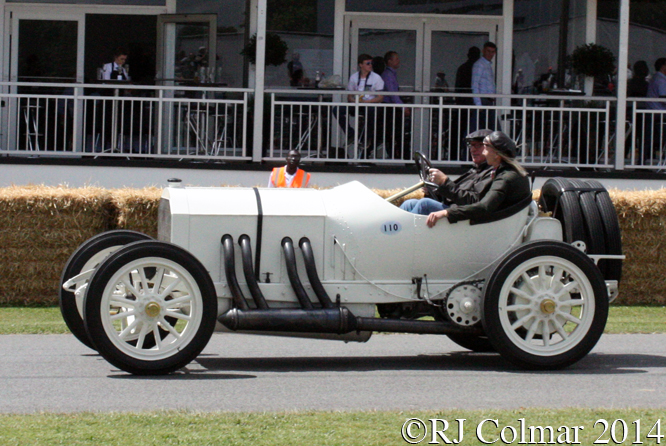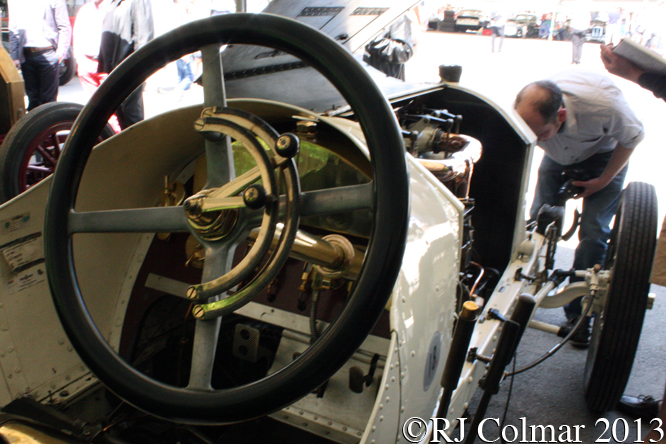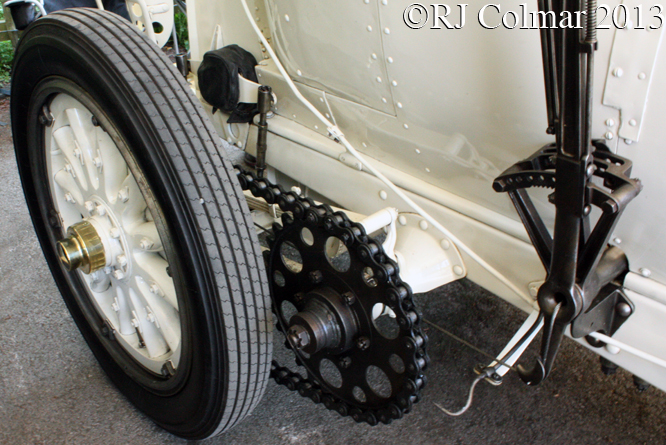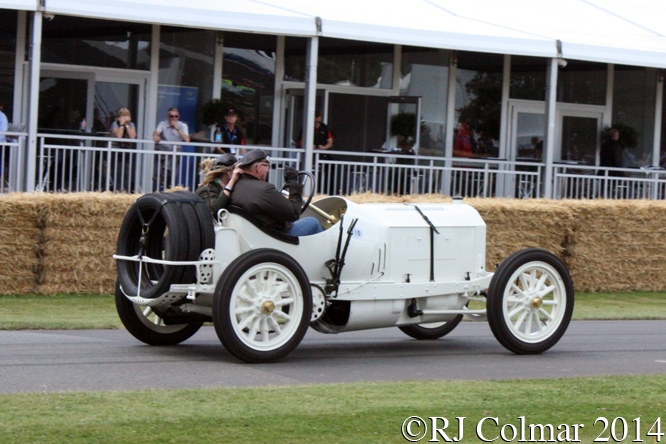In 1962 the German federal agency for defence technology and procurement (Bundesamt für Wehrtechnik und Beschaffung, BWB) suggested the bidding companies for a new range of amphibious 2,3 and 4 axle vehicles with a 4 – 10 ton payload form a common development bureau to spread the huge development costs of the project.
Under the leadership of MAN (Maschinenfabrik Augsburg-Nürnberg) it’s partners that included Klöckner-Humboldt-Deutz (KHD), Büssing, Krupp and Henschel formed the “Common Bureau of the German Utility Vehicle Industry” (Gemeinschaftsbüro der Deutchen Nutzfahrzeugindustrie) in 1964 to meet the demands of the project.
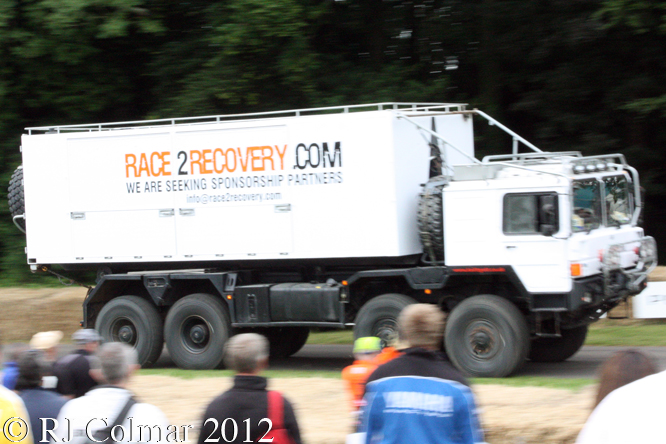
By 1976 when the first KAT 1 was delivered the requirements for the vehicles whose primary role was Main Battle Tank (MBT) Logistics, keeping up with them off road to supply them with ammunition and fuel, had altered ditching the amphibious requirement, but keeping the off road requirement meaning the vehicles needed a 1.2 m / 4′ fording capability like the main battle tanks they were intended to supply.
To date 3 generations of MAN KAT 1s have been built with payloads capacities of 5 tons for the 4×4 up to 15 tons for the Long Wheel Base 8×8 developed for the German Air Force, an example of the latter was used by Porsche as one of their support vehicles on their Dakar team in the 1980’s.
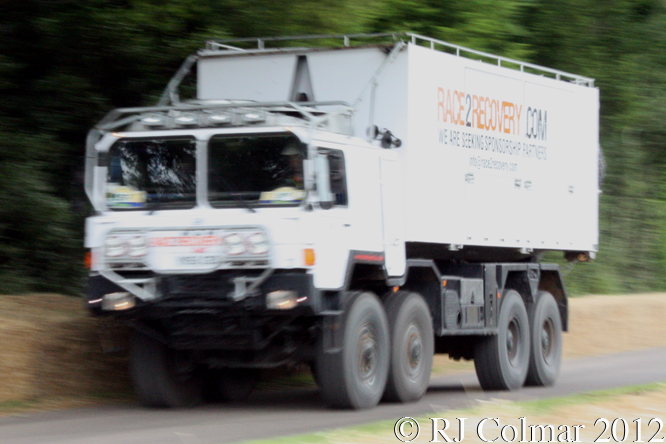
One of the more interesting aspects of the Dakar Rally which I believe is unique to the event is that all support vehicles for the car and motorcycle entrants are competitors in a support vehicle category.
The Race2Recovery team used the short wheel base MAN LKW (Lastkraftwagen) 10 t mil gl (militarisiert geländegängig – military, cross country) KAT I ( seen in these photographs crewed by Ben Gott and Charlie Sincock at Goodwood Festival of Speed, in their successful 2013 attempt on the Dakar.
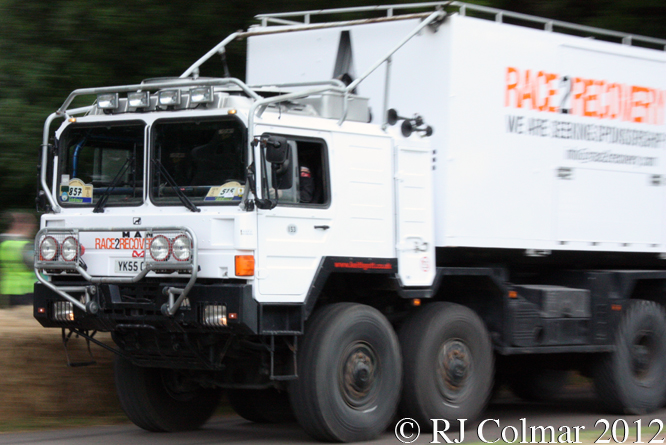
First registered in the UK on the 19th of December 2005 I believe this example, the largest vehicle ever seen on the Goodwood hillclimb, is powered by a turbocharged 12 litre / 732 cui Deutz V8 producing 320 hp that drives all eight wheels with an automatic 16 speed gearbox up to a theoretical top speed of 80 mph.
On the 22nd of February 2010 a merger between the military division of MAN Nutzfahrzeuge AG and Corporate Sector Defence of Rheinmetall AG was rubber stamped by Bundeskartellamt (German Government Mergers Dept) with a new entity Rheinmetall MAN Military Vehicles GmbH, or RMMV, that is now responsible for building the latest version of the LKW 10 t mil gl KAT I (8×8) which is known as the HX range.
Thanks for joining me on this “Main Battle Tank Logisitics” edition of “Gettin’ a li’l psycho on tyres” I hope you will join me again tomorrow. Don’t forget to come back now !


